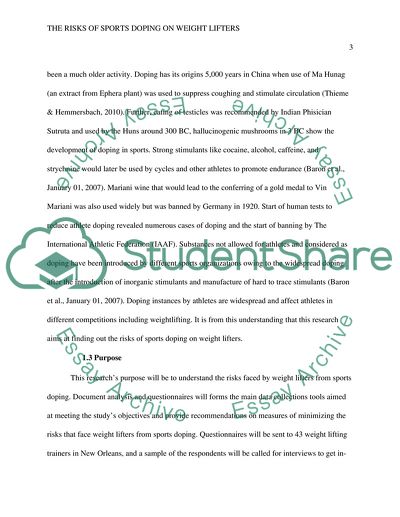Cite this document
(“The Risks of Sports Doping on Weight Lifters Research Paper”, n.d.)
The Risks of Sports Doping on Weight Lifters Research Paper. Retrieved from https://studentshare.org/social-science/1847900-the-risk-of-sports-doping-on-weight-lifters
The Risks of Sports Doping on Weight Lifters Research Paper. Retrieved from https://studentshare.org/social-science/1847900-the-risk-of-sports-doping-on-weight-lifters
(The Risks of Sports Doping on Weight Lifters Research Paper)
The Risks of Sports Doping on Weight Lifters Research Paper. https://studentshare.org/social-science/1847900-the-risk-of-sports-doping-on-weight-lifters.
The Risks of Sports Doping on Weight Lifters Research Paper. https://studentshare.org/social-science/1847900-the-risk-of-sports-doping-on-weight-lifters.
“The Risks of Sports Doping on Weight Lifters Research Paper”, n.d. https://studentshare.org/social-science/1847900-the-risk-of-sports-doping-on-weight-lifters.


